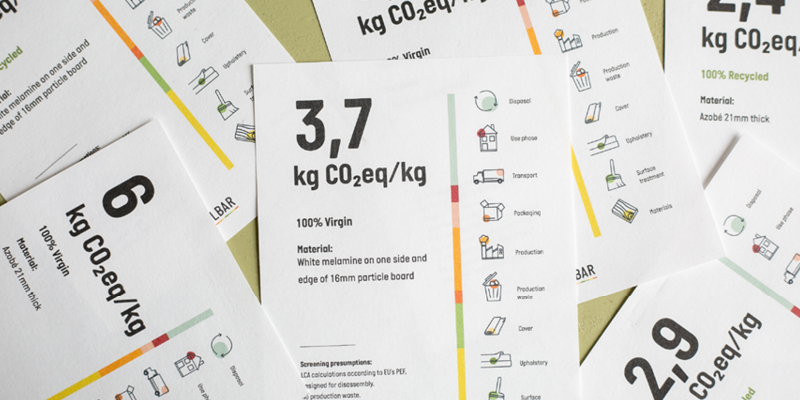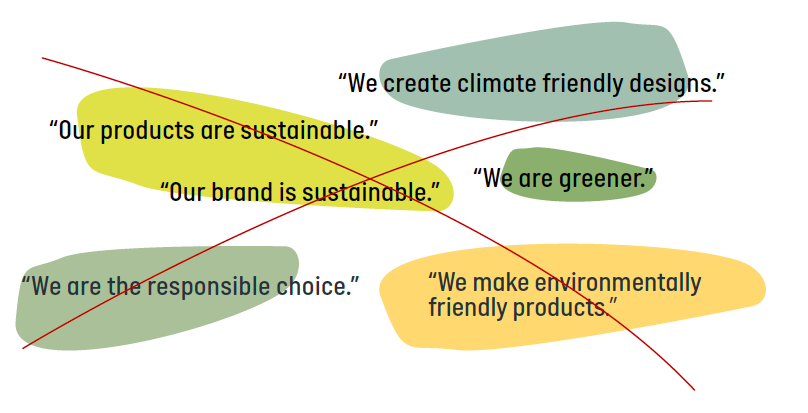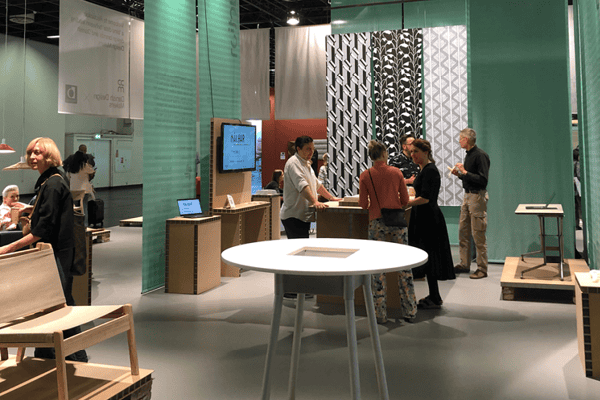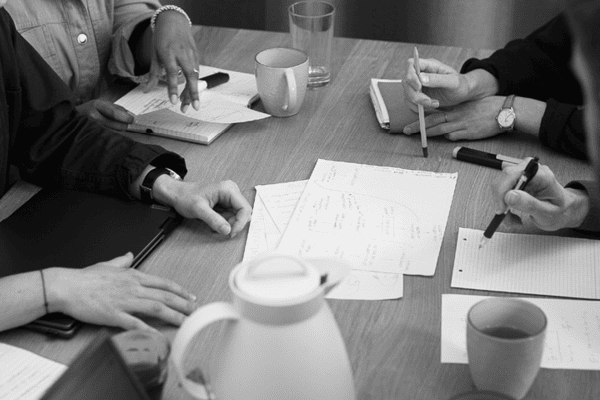
The green agenda has already been an important competitive parameter for some time. In our experience, this is a good thing. But there is also a risk of becoming somewhat narrowminded about results. When more and more companies begin to calculate the climate footprint of their products because their customers demand it for their green accounting and environmental reports, we start to compare the climate numbers. The challenge is that there are many different ways to measure the footprint and when we use different methods, comparing becomes difficult.
So, we argue that the result isn’t the most important factor. Obtaining a climate footprint is not the final destination. On the contrary, it is your point of departure for making meaningful reductions. If you use a tool like Målbar’s that allows you to see where in your supply chain and product life cycle your biggest emissions derive, you have a solid foundation from which you can develop a sustainability strategy. A strategy that fosters a tangible and positive difference in your environmental performance.
From our perspective, this is more interesting to communicate about. When your calculations are validated, you can tell your customers what you learn, the insights you gain, the challenges you meet, and the advantages of bringing down your emissions. Furthermore, it is important to work continuously on further reductions and obtaining new insights as data always changes when scientists discover new things.
Why greenwashing is relevant in this context
Another aspect is greenwashing. In the sales and marketing department, you might sometimes be struggling with communicating about your organization’s sustainability work. Greenwashing is a hot topic, and some companies feel reluctant to communicate about their green initiatives to avoid engaging in some form of greenwashing unintentionally.
One of the great advantages with Målbar is that it gives you material for documentation of specified marketing messages on your sustainability work.
The easiest way to avoid greenwashing and misleading your audience is to be specific in your communication and avoid general, unprecise, and fluffy statements such as:

If you would insist on making these claims, you would need to follow up with a detailed and documented explanation of:
- How your products are sustainable
- How you make environmentally friendly designs
- How you are the responsible choice
And even then, these absolute statements are very difficult to document and explain. Because even though all your products may be made of 100% recycled materials, it doesn’t make them sustainable. And even if you only use renewable energy on all your production facilities, it doesn’t make your company climate friendly.
Absolute statements like those above must be supported by documented facts that your company is sustainable in ALL areas – environmentally, economically, and socially – throughout your ENTIRE supply chain. So again, try to avoid such limitless declarations.
What you should do
Instead, when you do communicate specific results, reductions and other numbers, we encourage you to be precise, and ensure relevance and significance. You must have verified documentation and ensure that you know the exact purpose of your message. You should also ensure that your message is:
- Precise and true: What does the message cover? A product, part of a product, part of the production phase, packaging or your company?
- Clear: Can it mean more than one thing, or is it so complex that people find it difficult to understand?
- Relevant: You cannot point out or emphasize characteristics or aspects that are irrelevant in relation to the impact on the environment or that are just standard within your industry.
- Balanced: You must not exaggerate, and significant information cannot be left out. It is not enough to mention them elsewhere. Essential data must appear in the main message.
Why it is important to be informative and transparent
Finally, it is also relevant to communicate about your goals. Also here, you need to be specific and precise, and your targets must be accompanied by a strategy.
So, remember, that it is not only your results that matter and are interesting to share with your stakeholders, but also your goals, your progress, and your learnings. That being said, we definitely encourage companies to perform life cycle assessments – that is after all what we help our customers do. Always be sure to disclose what method you have used to calculate your results. We all have a responsibility towards our customers to make our messages easy to decode by including information about the used method and what parts of the product life cycle are included in the calculations. So that the recipients know how to compare different numbers from different companies.* And make sure to tell, that you use your climate results to further develop your reduction initiatives.
*CO2eq results calculated by Målbar’s screening tool must be verified by Målbar before publishing to B2B customers and verified by third party before being published in B2C relations. Read more here.


